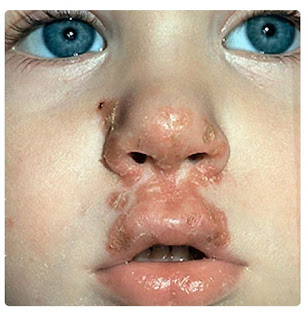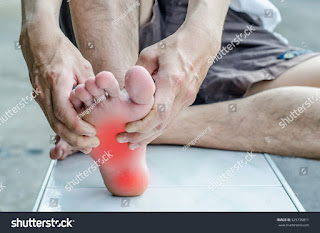Breast Cancer Awareness; what you need to know.
Breast cancer occurs when the cells of the breast divide rapidly than healthy cells do and continue to accumulate forming a mass or lump.
It occurs in men but is mostly common in women.
Statistics on Breast Cancer
- Breast Cancer is the most frequent cancer among women, impacting over 1.5 million women each year and also has the greatest number of cancer-related deaths among women.
- In year 2015, 570,000 women died from breast cancer.
Symptoms of Breast Cancer
- Breast Lump or thickening.
- Changes in size, shape or appearance of the breast.
- A newly inverted nipple.
- Redness or pitting of the skin over your breast.
-peeling, scaling, crushing or flaking of the pigmented area of skin surrounding the nipple or breast skin.
Risk factors for breast cancer
*Being a woman is the biggest risk of developing breast cancer. However, the risk of developing breast cancer rises as a woman ages. About 2 to 3 invasive breast cancers are found in women 55 years or older.
* Family History
Women with close relatives who have been diagnosed with of breast cancer have a higher risk of developing the disease.
* Personal History
When a woman is diagnosed with breast cancer, she is 3 to 4 times more likely to develop a new cancer in the other breast or a different part of the same breast.
* Genetics
5 to 10 percent of breast cancers are thought to be hereditary, caused by abnormal genes ( BRCA1, BRCA2) passed from parents to child.
* Over weight
Over weight and obese women have a higher risk of developing breast cancer especially after menopause.
* Light exposure at night
Women who work at night such as factory workers, police officers, nurses e.t.c have a higher risk of developing breast cancer compared to women who work during the day.
* Pregnancy history
Women who haven't had a full term pregnancy or who have their first child after age 30 have a higher risk of developing breast cancer.
* Menstrual history
Women who start menstruating before age 12 have a higher risk of developing breast cancer later in life. Same for women who go through menopause when they are older than 55 years.
Other risk factors for breast cancer include drinking alcohol, smoking cigarettes, eating unhealthy diets and using combination hormone therapy such as oestrogen and progestin.
How to do self - breast examination.
Medical experts advice women to perform self - breast examination.
The goal is to get used to the feel of your breasts. This will help you to find anything new or different. If you do, inform your health care provider immediately.
Self - breast examination is a check up a woman does at home to look for changes or problems in the breast tissue. The best time to do a monthly self - breast exam is about 3 to 5 days after your period starts. Do it the same time every month. Your breasts are not as tender or lumpy at this time in your monthly cycle. If you have passed menopause, do it on the same day of every month.
The steps for self - breast examination are as follows :
1. Lie on your back.
2. Place your right hand on your head. With the middle fingers of your left hand, gently yet firmly press down using small motions to examine the entire right breast.
3. Gently squeeze the nipple checking for discharge.
4. Repeat the process on the left breast.
5. Look at your breasts directly and in the mirror. Look for changes in the skin texture such as dimpling, indentations or skin that looks like an orange peel or check to see if the nipple turns inward.
Once again the goal is to get used to the feel of your breasts as this will help you to find anything strange or new.
Also apart from the self - breast examination, it is very important to visit the hospital for proper breast cancer screening and diagnosis.
Remember that early detection of breast cancer increases survival rate.





Great insight, thanks Pharm.
ReplyDelete